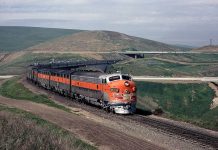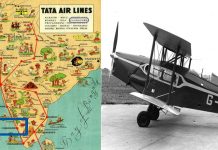Do You Know There Are 11 Types Of Horns For Trains And Here’s What They Mean In Indian Railways..
Many of us had traveled in train and it is one of the safest and best journeys, isn’t it?
A train whistle or horn is not just for the arrival or departure, but every horn and its duration has a meaning behind it. A train horn is a powerful air horn that serves as an audible warning device on electric and Diesel locomotives. The horn’s primary purpose is to alert persons and animals to an oncoming train, especially when approaching a grade crossing.
The horn is also used for acknowledging signals given by railroad employees, such as during switching operations. Here are eleven types of horns and what they mean, according to Indian railways.
1. One Short Horn:
 When a short horn is blown, it means the motorman will take the train in the yard where it would be washed and cleaned for its next trip.
When a short horn is blown, it means the motorman will take the train in the yard where it would be washed and cleaned for its next trip.
2. Two Short Horns:
When a short horn is blown two times, it means he is signaling the guard to ask railway signal for starting the train.
3. Three Smaller Horns:

When a short horn is blown three times, it means they have lost control over the motor and that the guard has to immediately pull the vacuum break. This type of horn is rarely blown.
4. Four Smaller Horns:
When a short horn is blown four times, it means that there is a technical issue with the train and that the train would not go ahead.
5. One Long Horn And A Shorter One:
When a long horn and short horn is blown back to back, it means the motorman is signaling the guard to set the brake pipe system before they start the engine.
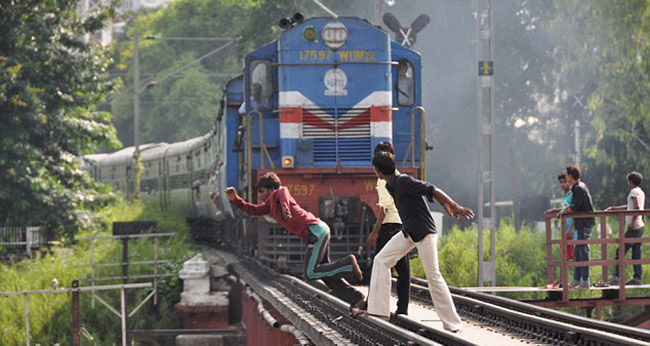
6. Two Long Horns And Two Short Horns:
When a long horn is blown two times and a short horn is blown two times back to back, it means the motorman is signaling the guard to take control of the engine.
7. A Continuous Horn:
A continuous horn is blown to alert the passengers that the train is passing non-stop through many stations.
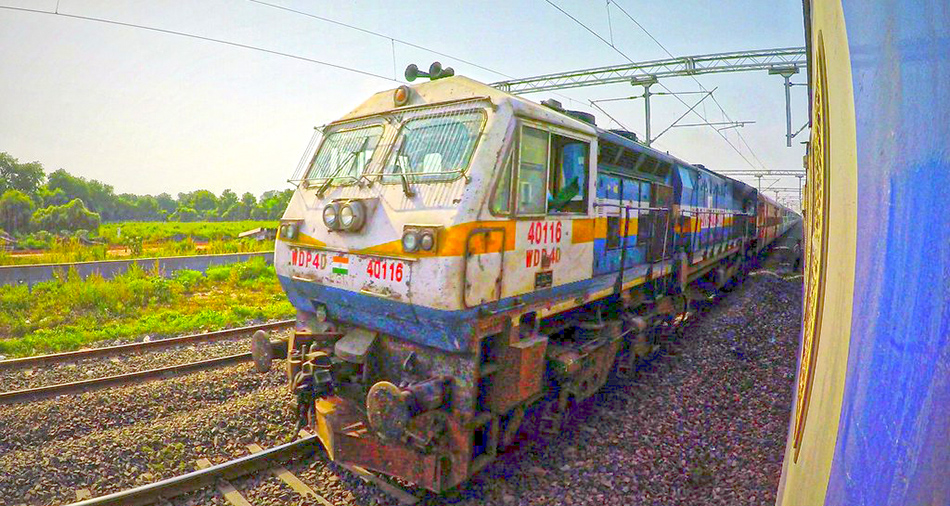
8. Two Horns With Two Pauses:
When two horns with two pauses are blown, it is to alert the passerby that the train would be running through a railway crossing.
9. Two Long And Short Horns:
When two long and short horns are blown, it means the train is changing the tracks.
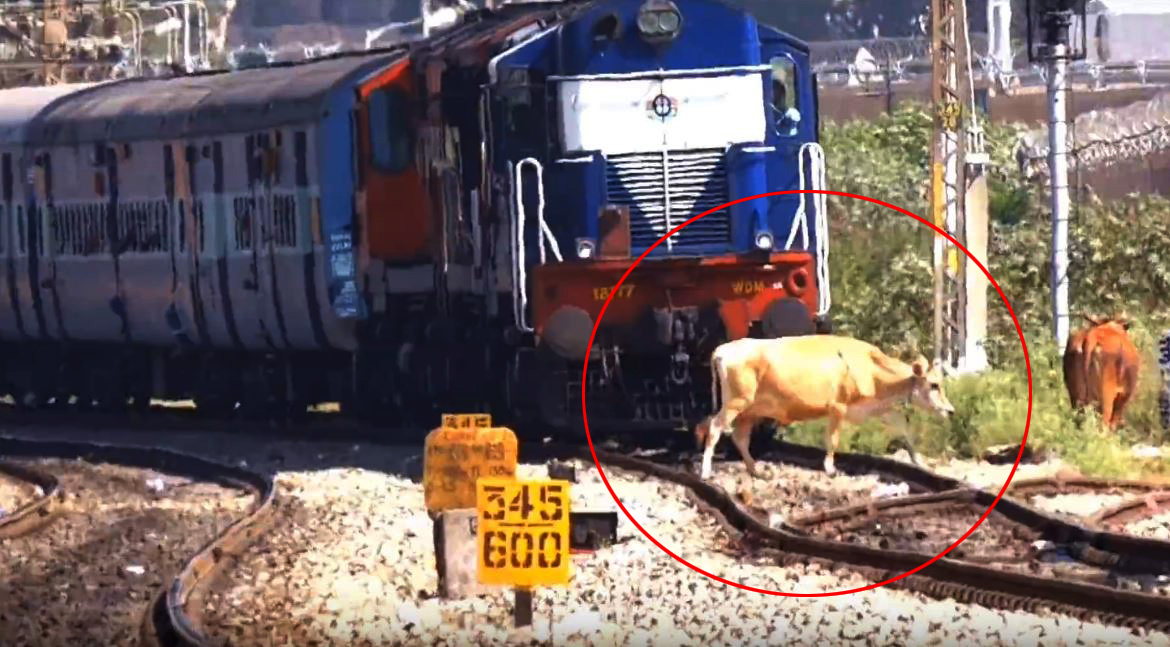
10. Two Short And One Long Horn:
When two short and one long horn is blown, it means that a passenger has pulled a chain or the guard has pulled a vacuum break.
11. Six Times, Short Horns:
When a short horn is blown for six times, it indicates a trouble signal where the train is stuck in a dangerous situation.
The following are the required horn signals listed in the operating rules of Indian railroads, along with their meanings. Signals are illustrated by an “o” for short sounds, and “–” for longer sounds.
The IRFCA FAQ lists the following:
‘o’: denotes a short blast on the horn.
‘–‘: denotes a comparatively long blast on the horn.
‘—–‘: denotes a longer blast on the horn.
‘———-‘: denotes a very long blast on the horn.
Code [ o ] – Before Starting:
An indication to the driver of the assisting engine that driver of leading engine is ready to start.
Acknowledgment by the driver of the assisting engine.
Engine ready to leave yard
Engine ready to go to loco yard
Light loco or shunter about to move
Code [ o ] – On the run:
Assistance of another engine not required
Acknowledgment by driver of the assisting engine
Code [ — ]
Normal departure from a station on receipt of the clear signal. This is usually followed by another long blast about 10–20 seconds after the first one, after the guard’s all-right signal is received.
Beginning of shunting operation (if shunted rake has passengers in it)
Code [ o o ]
Call for guard’s signal
Signals not exchanged by guard
Signals not exchanged by station staff
Code [ — o ]
Guard to release brakes
Before starting engine from a midsection/station
Main Line clear
Code [ o o o ]
Guard to apply brakes
Train out of control, guard to assist

Code [ o o — ]
Sudden loss of brake pressure or vacuum (perhaps by alarm chain being pulled)
Code [ o o o o ]
Train cannot proceed on account of accident, failure or other cause
Protect train in rear
Code [ — — o o ]
Call for guard to come to engine
Code [ o — o ]
Token not received
Token missed
With wrong authority to proceed
Passing stop signal at ‘on’ on proper authority
Code [ —– ] – Before Starting
Vacuum recreated on ghat section, remove sprigs
Passing automatic ‘stop’ signal at ‘On’
Code [ —– ] – On the run
Acknowledgment of guards signal
Code [ ———- ]
Approaching level crossing or tunnel area
Recall staff protecting train in rear
Material train ready to leave
Running through a station
Approaching a stop signal at ‘on’
Detained at stop signal
Crossing stop signal at ‘on’ after waiting the stipulated time.
Code [ — o — o ]
Alarm chain pulled
Insufficient vacuum in engine
Guard applies vacuum brakes.
Code [ — — ]
Raise Pantograph (electric loco only)
Code [ — o — ]
Lower Pantograph (electric loco only)
Code [ o o o o o o o o o ] (Frequently)
Apprehension of danger
Danger signal to driver of an approaching train whose path is obstructed
Moving in the wrong direction on a double line.
Also used by EMU motormen to warn passengers on a crowded platform of the approach of a fast train which will not stop at that station.


